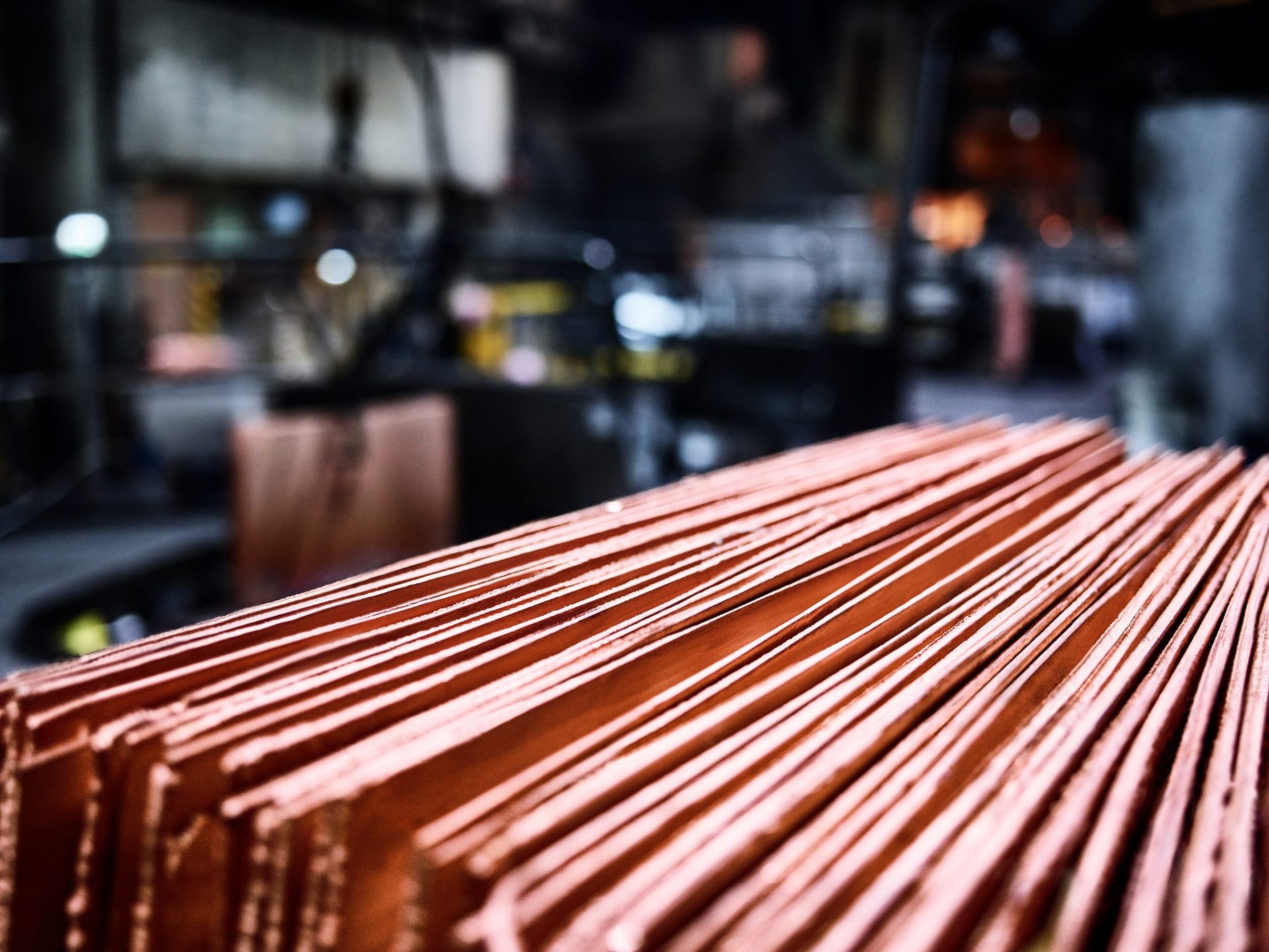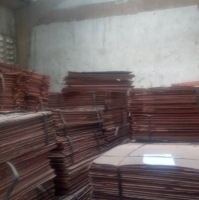

could result in the condition called metal fume fever. Embedded copper particles in the eye result in a brownish or green-brown discoloration of the cornea, lens and iris (chalcosis) which may progress to serious ocular complications.Īn intense, short-term exposure to fumes from cutting or welding, etc.
#Copper cathode skin#
The major route of exposure would be through the generation and inhalation of copper oxide fume.Ĭopper metal is not irritating to skin other than by direct abrasive action of metal particles on skin tissue.Ĭontact with dust or fume may cause local irritation. However, in the form in which this product is sold it is relatively non-toxic. Individuals with a rare disorder called “Wilson’s Disease” (estimated prevalence 0.003% of the population) are predisposed to accumulate copper and should not be occupationally exposed.

Most reports of acute toxicity are from suicidal attempts involving ingestion of copper sulphate. Nevertheless, contamination of water and soil should be prevented.Ĭopper is an essential element, but can become toxic when inhaled or ingested in large doses. However, in metal form it is not readily bio-available in the environment. Where molten metal is involved, wear heat-resistant gloves and suitable clothing for protection from hot-metal splash as well as a respirator to prevent inhalation of copper fumes.Ĭopper compounds can pose a significant threat to aquatic life forms. Close-fitting safety goggles may be necessary in some circumstances to prevent eye contact with dust. Persons responding to an accidental spill should wear protective coveralls and gloves and avoid contact with the corners of the cathode and its peripheral ridge.

Treat or dispose of all waste material per local, regional, and/or national requirements. Place contaminated material in suitable labeled containers for later recovery in view of the commercial value of copper. Return uncontaminated spilled material to the process if possible. Powder or dust should be cleaned up using methods which will minimize dust generation (e.g., vacuum solids, dampen material and shovel or wet sweep). Once solidified wear gloves, pick up and return to process. Molten metal should be allowed to cool and harden before cleanup. Clean up spilled material immediately, observing precautions in Section 8, Personal Protection. Control source of spillage if possible to do so safely.


 0 kommentar(er)
0 kommentar(er)
